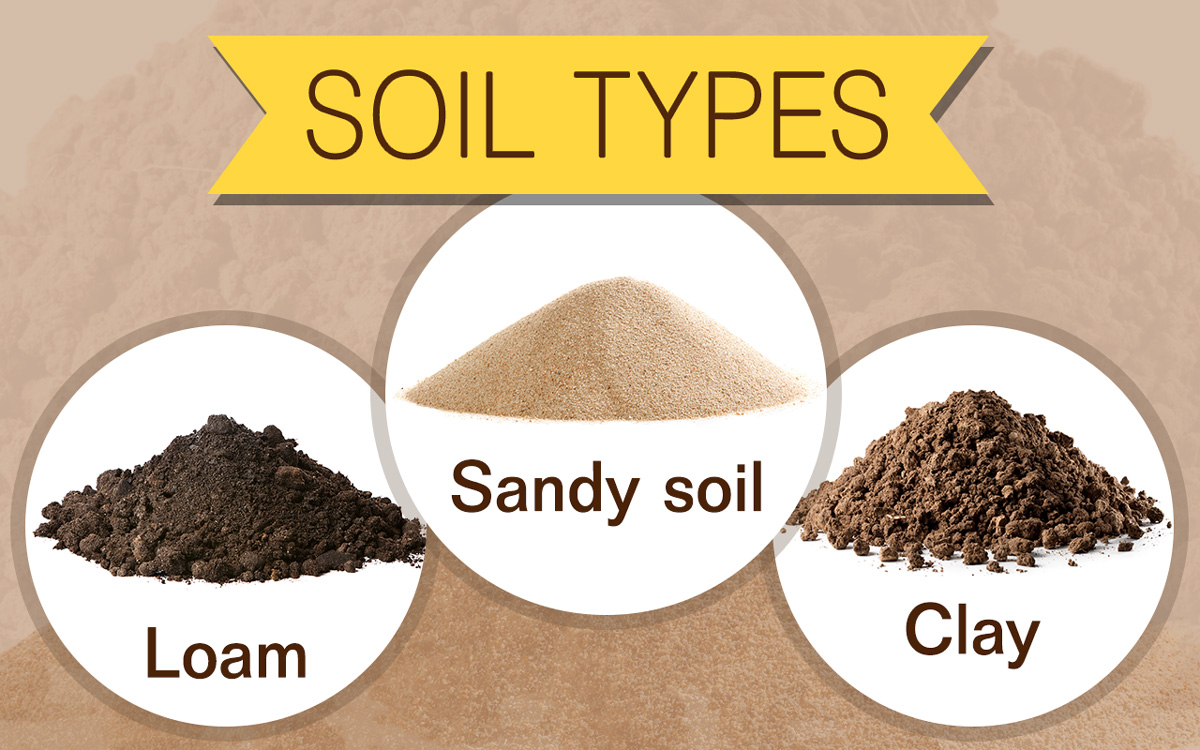Geography Notes On – Soil – Types – For W.B.C.S. Examination.
ভূগোল নোট – মাটির প্রকার – WBCS পরীক্ষা।
The ground on which we walk is never quite the same, it keeps on changing. Sometimes it is made up of millions of tiny granules and other times it is the hard surface of tar-covered roads. There was the time long back when this ground was mostly covered with soil and grass. And then came the roads, rails and so on. This soil is a very broad term and refers to a loose layer of earth that covers the surface of the planet.Continue Reading Geography Notes On – Soil – Types – For W.B.C.S. Examination.
The soil is the part of the earth’s surface which includes disintegrated rock, humus, inorganic and other organic materials that provides the medium for plants growth. For the formation of soil, it takes around hundreds to thousands of years. The soil is usually generated when rocks break up into their constituent parts. When a range of different forces acts on the rocks, they break into smaller parts to form the soil. These forces also include the impact of wind, water and the reaction from salts.
The soil is basically classified into four types:
- Sandy soil.
- Silt Soil.
- Clay Soil.
- Loamy Soil.
Sandy Soil
The first type of soil is sand. It consists of small particles of weathered rock. Sandy soils are one of the poorest types of soil for growing plants because it has very low nutrients and poor in holding water, which makes it hard for the plant’s roots to absorb water. This type of soil is very good for the drainage system. Sandy soil is usually formed by the breakdown or fragmentation of rocks like granite, limestone, and quartz.
Silt Soil
Silt, which is known to have much smaller particles compared to the sandy soil and is made up of rock and other mineral particles which are smaller than sand and larger than clay. It is the smooth and quite fine quality of the soil that holds water better than sand. Silt is easily transported by moving currents and it is mainly found near the river, lake, and other water bodies. The silt soil is more fertile compared to the other three types of soil. Therefore it is also used in agricultural practices to improve soil fertility.
Clay Soil
Clay is the smallest particles amongst the other two types of soil. The particles in this soil are tightly packed together with each other with very little or no airspace. This soil has very good water storage qualities and making hard for moisture and air to penetrate into it. It is very sticky to the touch when wet, but smooth when dried. Clay is the densest and heaviest type of soil which do not drain well or provide space for plant roots to flourish.
Loamy Soil
Loam is the fourth type of soil. It is a combination of sand, silt, and clay such that the beneficial properties from each is included. For instance, it has the ability to retain moisture and nutrients, hence, it is more suitable for farming. This soil is also referred to as an agricultural soil as it includes an equilibrium of all three types of soil materials being sandy, clay, and silt and it also happens to have hummus. Apart from these, it also has higher calcium and pH levels because of its inorganic origins.
Please subscribe here to get all future updates on this post/page/category/website


 +919674493673
+919674493673  mailus@wbcsmadeeasy.in
mailus@wbcsmadeeasy.in







































































































